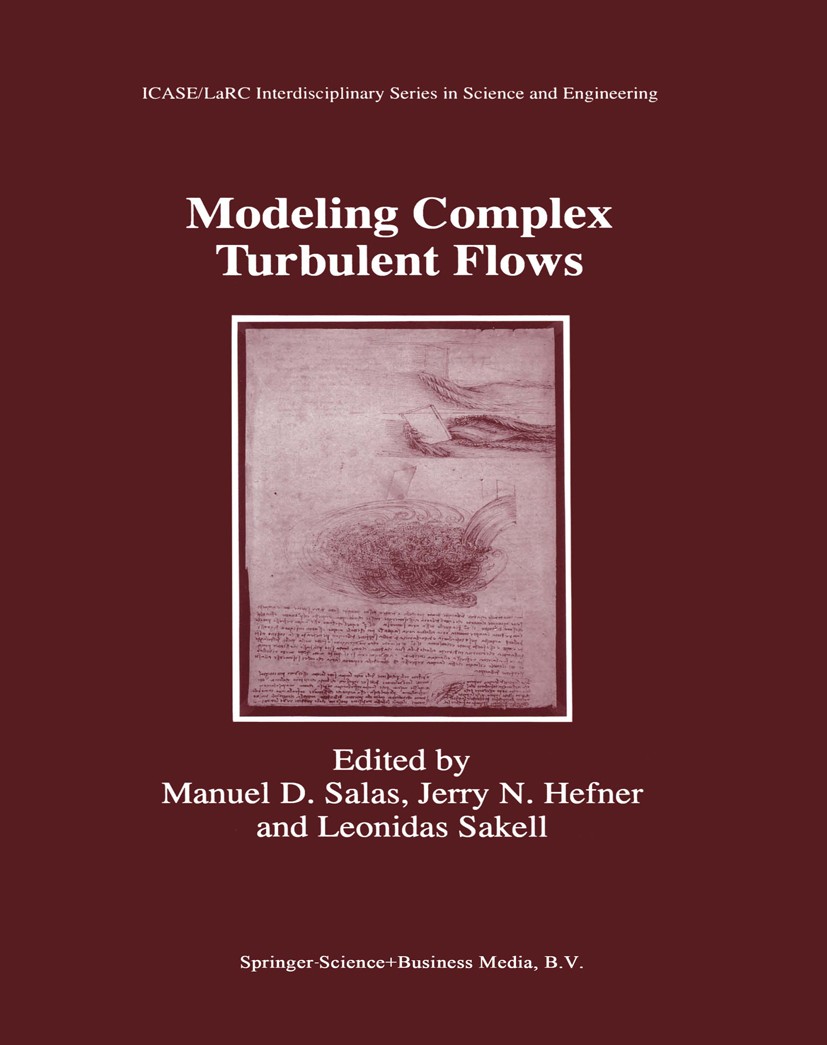| 書目名稱 | Modeling Complex Turbulent Flows | | 編輯 | Manuel D. Salas,Jerry N. Hefner,Leonidas Sakell | | 視頻video | http://file.papertrans.cn/636/635952/635952.mp4 | | 叢書名稱 | ICASE LaRC Interdisciplinary Series in Science and Engineering | | 圖書封面 |  | | 描述 | Turbulence modeling both addresses a fundamental problem in physics, ‘the last great unsolved problem of classical physics,‘ and has far-reaching importance in the solution of difficult practical problems from aeronautical engineering to dynamic meteorology. However, the growth of supercom- puter facilities has recently caused an apparent shift in the focus of tur- bulence research from modeling to direct numerical simulation (DNS) and large eddy simulation (LES). This shift in emphasis comes at a time when claims are being made in the world around us that scientific analysis itself will shortly be transformed or replaced by a more powerful ‘paradigm‘ based on massive computations and sophisticated visualization. Although this viewpoint has not lacked ar- ticulate and influential advocates, these claims can at best only be judged premature. After all, as one computational researcher lamented, ‘the com- puter only does what I tell it to do, and not what I want it to do. ‘ In turbulence research, the initial speculation that computational meth- ods would replace not only model-based computations but even experimen- tal measurements, have not come close to fulfillment. It is becoming | | 出版日期 | Book 1999 | | 關(guān)鍵詞 | Navier-Stokes equation; shock wave; turbulence; turbulent flow; fluid- and aerodynamics | | 版次 | 1 | | doi | https://doi.org/10.1007/978-94-011-4724-8 | | isbn_softcover | 978-94-010-5986-2 | | isbn_ebook | 978-94-011-4724-8Series ISSN 1381-1339 | | issn_series | 1381-1339 | | copyright | Springer Science+Business Media Dordrecht 1999 |
The information of publication is updating

|
|
 |Archiver|手機(jī)版|小黑屋|
派博傳思國際
( 京公網(wǎng)安備110108008328)
GMT+8, 2025-10-5 22:03
|Archiver|手機(jī)版|小黑屋|
派博傳思國際
( 京公網(wǎng)安備110108008328)
GMT+8, 2025-10-5 22:03


